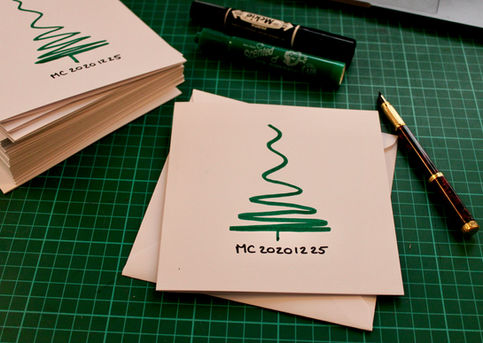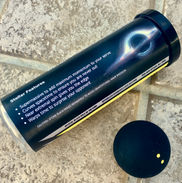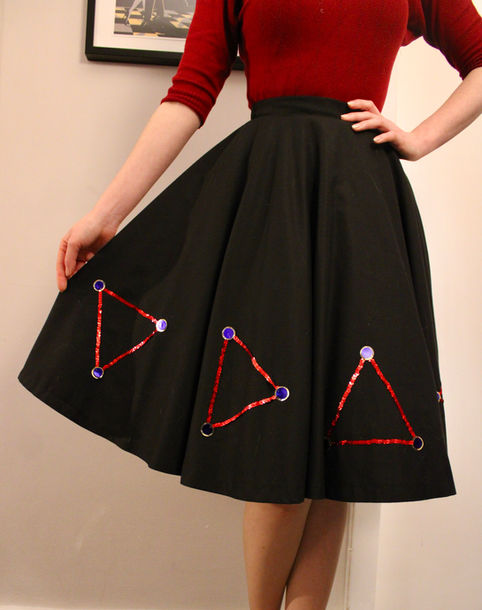Research
I completed my Undergraduate MSci in Physics at Imperial College London in 2013. My final thesis was about using machine learning to improve the CERN model of the LHCb experiment by finding differences between experimental and simulated data for a rare decay of B0 mesons.
After graduating, I stayed at Imperial College and joined a research group led by John Darlington in the Department of Computing to work on an EU citizen science collaboration called Citizen Cyberlab. Our group led the effort to develop a prototype platform to help scientists publicise their projects, enable users to find interesting projects, and make it easy for academic institutions to donate computing resources to citizen science projects. In 2016 I left Imperial to work in the Research Division at Winton Capital.
I also co-founded Mu Innovations, a biotechnology start up company focusing on providing products to help lactose intolerant humans in a dairy filled world. We won multiple funding grants from Imperial College and the UK TSB Innovate fund to develop our products. I lead all of the research and development at our lab in the London Bioscience Innovation Centre.

Gravitational Wave Data Analysis
I studied for a PhD in Gravitational Wave Data Analysis at the University of Edinburgh as part of the CDT in Data Science in the school of Maths and Informatics. My main research interest was applying machine learning methods to problems in gravitational wave (GW) physics. I graduated from my Masters in Data Science in 2018. My supervisors were Jonathan Gair (AEI Potsdam) and Iain Murray (Edinburgh). I was also a member of the LISA consortium, which is an international group of scientists working on the joint ESA/NASA mission to launch a space based gravitational wave observatory in the 2030s.
My main project was using neural networks to sort novel astrophysical GW signals from sneaky noise that can randomly look like gravitational waves. I built a classification system called Simsort that helped to decide how to label signals in LISA's data that didn't match the known waveforms of astrophysical sources like Binary black holes, and Neutron stars.
Simsort's purpose was to reliably categorise signal and noise in the data based on patterns in how samples propagated around the detector, rather than relying on a library of known waveforms. This keeps the door open to discovering unmodelled GW waveforms from cosmological sources we don't fully understand yet or maybe haven't even imagined yet.

Glitch Detection for LISA
Parameter Estimation for LIGO
I was also involved in a collaborative research project using neural networks with autoregressive flows to perform parameter estimation on binary black hole (BBH) mergers, as measured by a single LIGO detector. By creating an invertible map from the complicated parameter distribution of BBH systems to a simple multivariate standard normal distribution we are able to sample and evaluate the density of the simple distribution very quickly and convert that, via the mapping, to the more complex parameter distribution. This is a huge improvement compared to how much computation time is required to sample BBH parameter distributions using traditional MCMC methods.
The results are summarised in a joint paper with my supervisor, Jonathan Gair, and our collaborator, Stephen Green. It was published in Phys Rev D. In this first paper we were able to recover the full 8 dimensional posterior distribution for BBH system parameters as measured by a single detector, including the multimodal phase parameter. And in a followup paper this work was extended using neural spline flows to recover the complete 15D posterior for events measured by two LIGO detectors

If you've made it this far through the website, it will come as no surprise that I make physics themed things sometimes








